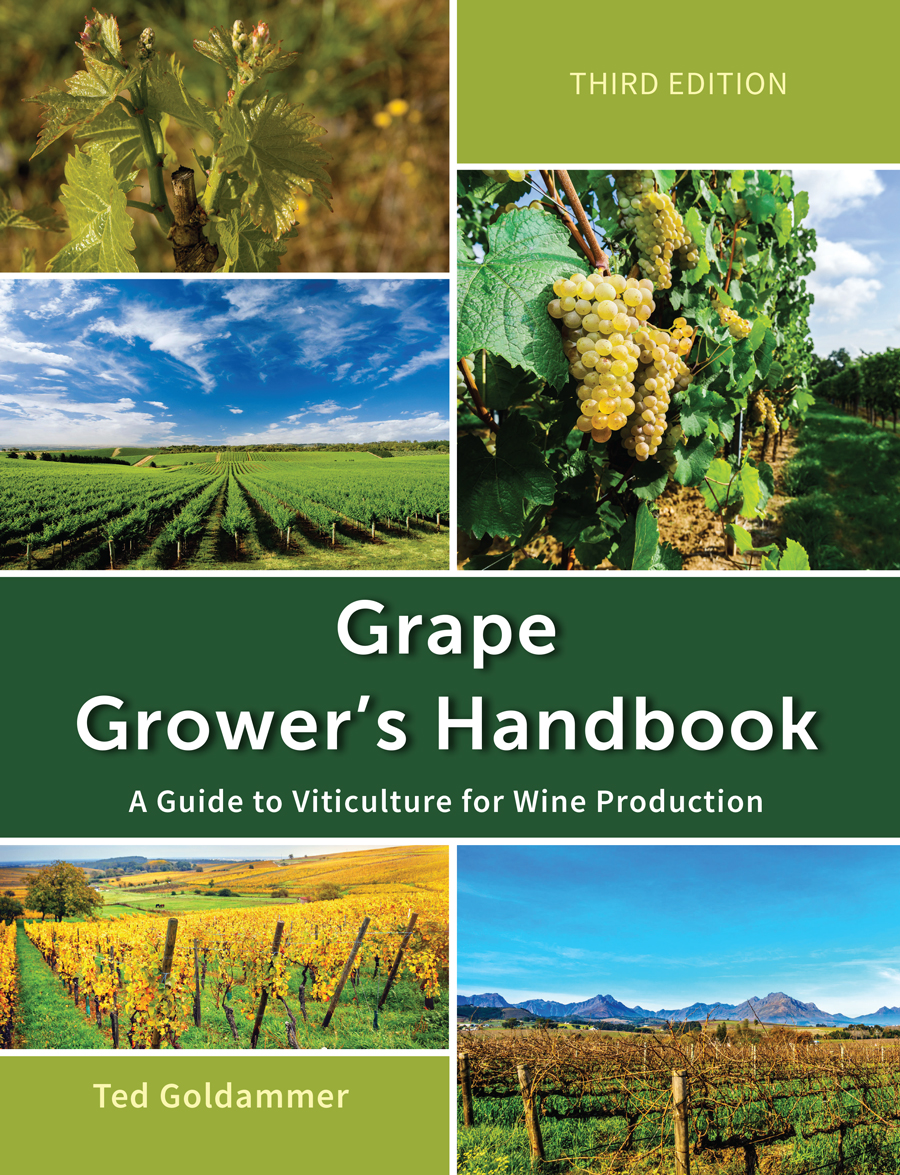Cover Cropping in Vineyards
Suppression or Control of Cover Crops
Cover crops that interfere with growth of grapevines defeat their purpose. Effective control or suppression of the cover crop generally is necessary because if not managed they will compete with the vines for moisture and nutrients. In a dry year, cover crops can rob the vines of valuable soil moisture. In other years, they may also compete for other resources such as nitrogen if not managed properly. The six common methods of terminating cover crops are: winterkilling, tillage, mowing, roller-crimping, and applying herbicides.
Winter-Killing Cover Crops
The concept of winter-killing cover crops involves the strategic planting of a cover crop that will be reliably killed by temperature shifts as seasons change. Cover crops should be fall planted early enough to accumulate adequate top growth before being killed by freezing temperatures. Instead of living cover, they provide dead mulch through the winter months.
Tillage
Most growers using the annually tilled and seeded system choose it as a way to conserve moisture in their vineyards (See Figure 30.6). The cover crop is planted in the fall to take advantage of winter precipitation for germination and establishment, allowed to grow and later tilled into the soil the following year when the ground is still easily cultivated. Some growers first shred the cover crop with a mower then follow-up with tilling. This will also improve decomposition rates, as smaller crop residues decompose faster than large ones. Alternatively, every other row can be tilled as a way of conserving soil moisture for vines while retaining a covered row to facilitate vineyard traffic and support beneficial insects.
Tillage Implements
A more traditional approach is to turn under cover crops using a moldboard plow and then follow this with a series of cultivations using some combination of a disc and harrow. Moldboard plowing often is necessary if large amounts of cover crop biomass are present.
Rolling-crimping
Cover crops can be killed using a roller-crimper. As the name suggests, the roller-crimper is a large, heavy cylinder, with metal flanges coming off at an angle that are attached to a roller drum. As it rolls, it pushes down the cover crop and “crimps” the stems to kill the crop. Rollers can be front- or rear-mounted on a tractor. Roller-crimpers come in a variety of designs (See Figure 30.7).
Mowing
Mowing practices are often varied throughout the season for annual cover crops such as grasses (including cereal grains) and perennials. For example, mowing is usually done prior to budbreak to reduce the cooling effect during potential spring frosts. Tall cover crops are not desirable at this time, as they can impede air movement and increase the tendency of young shoots to freeze.
Rotary Mowers
Rotary mowers (brush-hogs) clip higher than sickle bars and usually distribute vegetative residue throughout a wider area.
Flail Mowers
Flail mowers contain many small doubled-edged knives that uniformly distribute finely cut residue on the soil surface (See 30.8).
Sickle Bar Mowers
Sickle bar mowers have been fairly effective cutting close to the soil surface increasing the chances of a good kill. They also lay the cover down uniformly over the soil surface—an important characteristic in weed suppression.
Herbicide Control
When selecting herbicides for cover crop control, consider the following: the cover crop and weed species that are present, their growth stage, the crop to be planted, weather conditions at application, and whether the chosen herbicide has contact or systemic properties. Also consider that cover crop mixtures of grasses and broadleaves have different plant heights and structures that requires nonselective herbicides for control. Large plants that are bolting, jointing, or in reproductive stages may need greater herbicide rates or additional termination methods.
Click on the following topics for more information on cover cropping in vineyards.
Topics Within This Chapter:
- Introduction to Cover Cropping in Vineyards
- Benefits and Drawbacks of Cover Crops
- Life Cycle of Cover Crops
- Types of Cover Crops
- Cover Crops: Monocultures or Mixtures?
- Tilled or No-till Cover Cropping Management Systems
- Managing Pests with Cover Crops
- Criteria for Selecting Cover Crop Species
- Establishing and Managing Cover Crops
- Suppression or Control of Cover Crops
- Selected References

